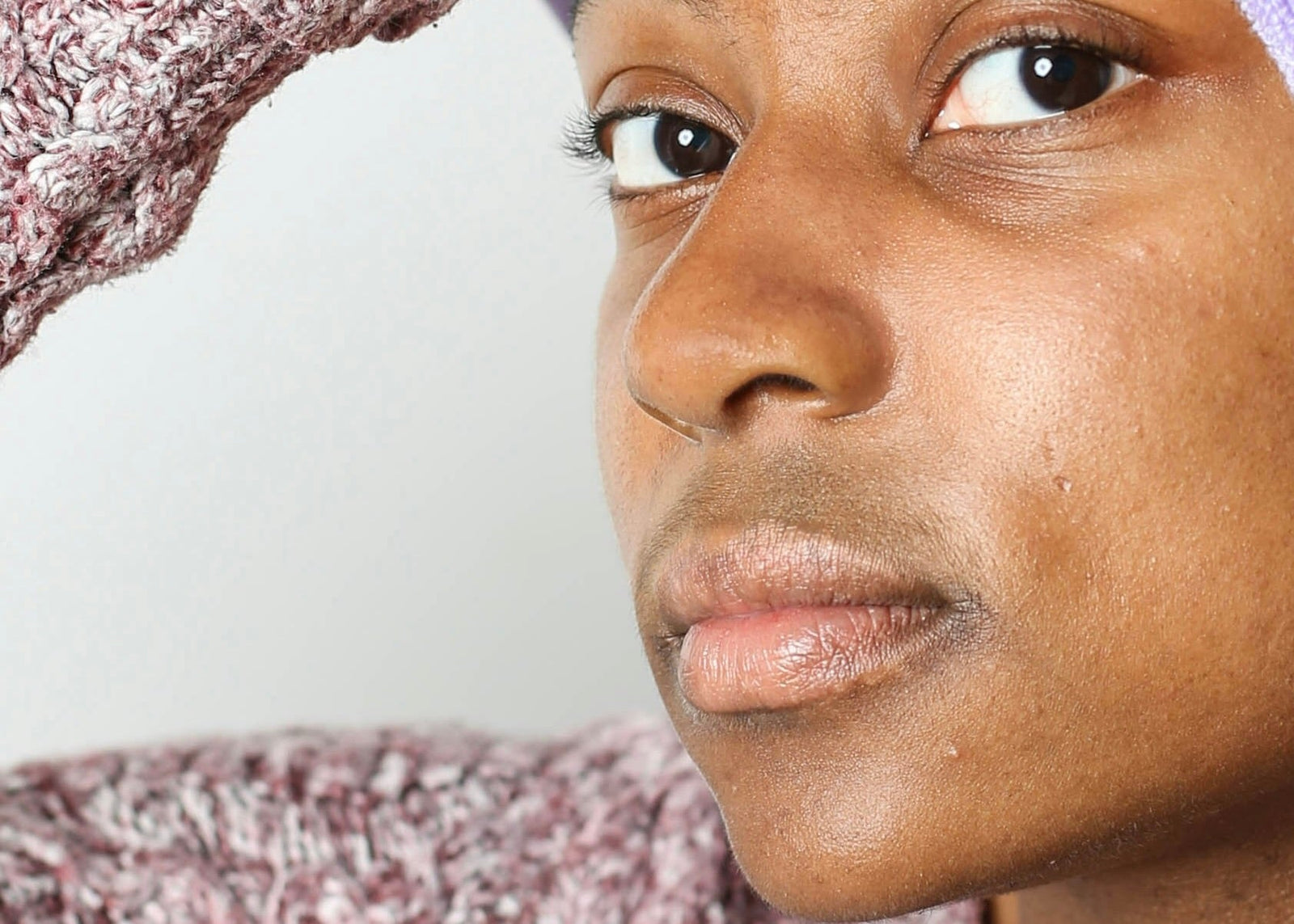
Why Is My Moisturizer Pilling? Causes and Solutions
If you've ever applied your favorite moisturizer only to find it rolling or pilling off your skin, you're not alone. This common skincare issue can be frustrating, especially when you're trying to achieve a smooth, hydrated complexion. But don't worry, we're here to help you understand why this happens and how to prevent it.
Understanding Moisturizer Pilling
Before we delve into the causes and solutions, it's important to understand what pilling is. Pilling refers to the small, balled-up particles that form on your skin after applying a product. It's similar to the pilling you might see on a well-worn sweater, but instead of fabric, it's your moisturizer.
While it's not harmful, pilling can be a nuisance, making your skin feel rough and your makeup look uneven. It can also mean that your skin isn't fully absorbing the product, which could impact its effectiveness.
Common Causes of Moisturizer Pilling
There are several reasons why your moisturizer might be pilling. Let's explore some of the most common ones.
Applying Too Much Product
One of the main culprits of pilling is applying too much product. When you use more moisturizer than your skin can absorb, the excess product has nowhere to go but to ball up on the surface of your skin.
It's important to remember that a little goes a long way when it comes to skincare. Using more product doesn't necessarily mean better results. In fact, it can lead to other issues like clogged pores and breakouts.
Layering Incompatible Products
Another common cause of pilling is layering incompatible products. Not all skincare ingredients play well together, and some combinations can cause products to roll or ball up on the skin.
For example, oil-based products and water-based products don't mix well. If you apply an oil-based product over a water-based one, it can cause the water-based product to pill.
Not Waiting Between Layers
If you're a fan of the multi-step skincare routine, you might be applying your products too quickly. Each product needs time to absorb into the skin before the next one is applied. If you don't wait, the products can mix on the surface of your skin and start to pill.
Patience is key when it comes to skincare. Giving each product time to sink in can help prevent pilling and ensure that your skin is getting the full benefit of each product.
How to Prevent Moisturizer Pilling
Now that we've covered the common causes of moisturizer pilling, let's look at some solutions. Here are some tips to help you prevent this pesky skincare issue.
Use the Right Amount of Product
As mentioned earlier, using too much product can lead to pilling. But how much is too much? Here's a general guideline:
- Cleanser: A pea-sized amount
- Toner: A few drops
- Serum: A pea-sized amount
- Moisturizer: A nickel-sized amount
- Sunscreen: A quarter-sized amount
Remember, these are just guidelines. Everyone's skin is different, so you might need to adjust these amounts based on your skin's needs.
Choose Compatible Products
To prevent pilling caused by incompatible products, it's important to understand how different ingredients interact. Here are some combinations to avoid:
- Retinol and vitamin C
- Benzoyl peroxide and retinol
- Vitamin C and alpha hydroxy acids (AHAs)
When in doubt, do a patch test. Apply a small amount of the products you want to layer on a small area of your skin. If you notice any pilling, it's a sign that the products might not be compatible.
Wait Between Layers
Give each product time to absorb before applying the next one. A good rule of thumb is to wait about a minute between each product. This can help prevent pilling and ensure that your skin is getting the full benefit of each product.
The Benefits of Natural and Sustainable Skincare Ingredients
When it comes to preventing pilling, the ingredients in your skincare products can make a big difference. Natural and sustainable ingredients are often gentler on the skin, reducing the likelihood of pilling.
For example, plant-based oils like jojoba oil and argan oil are easily absorbed by the skin, reducing the likelihood of pilling. They're also sustainable, making them a great choice for eco-conscious consumers.
Additionally, natural ingredients are often packed with nutrients that can benefit your skin. For example, aloe vera is a natural ingredient that's known for its soothing and hydrating properties. It's easily absorbed by the skin, making it less likely to pill.
By choosing products with natural and sustainable ingredients, you can help prevent pilling and take care of your skin and the planet at the same time.
Conclusion
Moisturizer pilling can be a frustrating skincare issue, but with a little knowledge and the right techniques, you can prevent it. Remember to use the right amount of product, choose compatible products, and give each product time to absorb. And don't forget the benefits of natural and sustainable ingredients. They're not only good for your skin, but also for the environment.
With these tips, you can say goodbye to pilling and hello to smooth, hydrated skin.
















